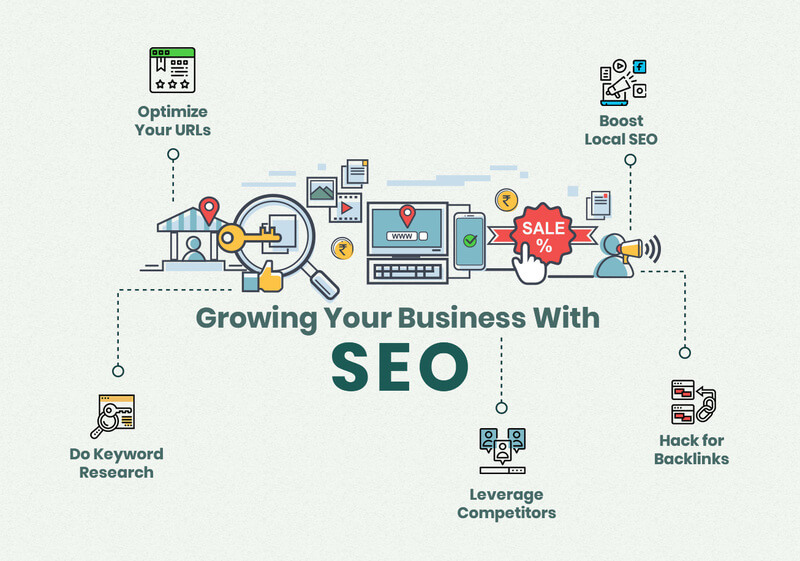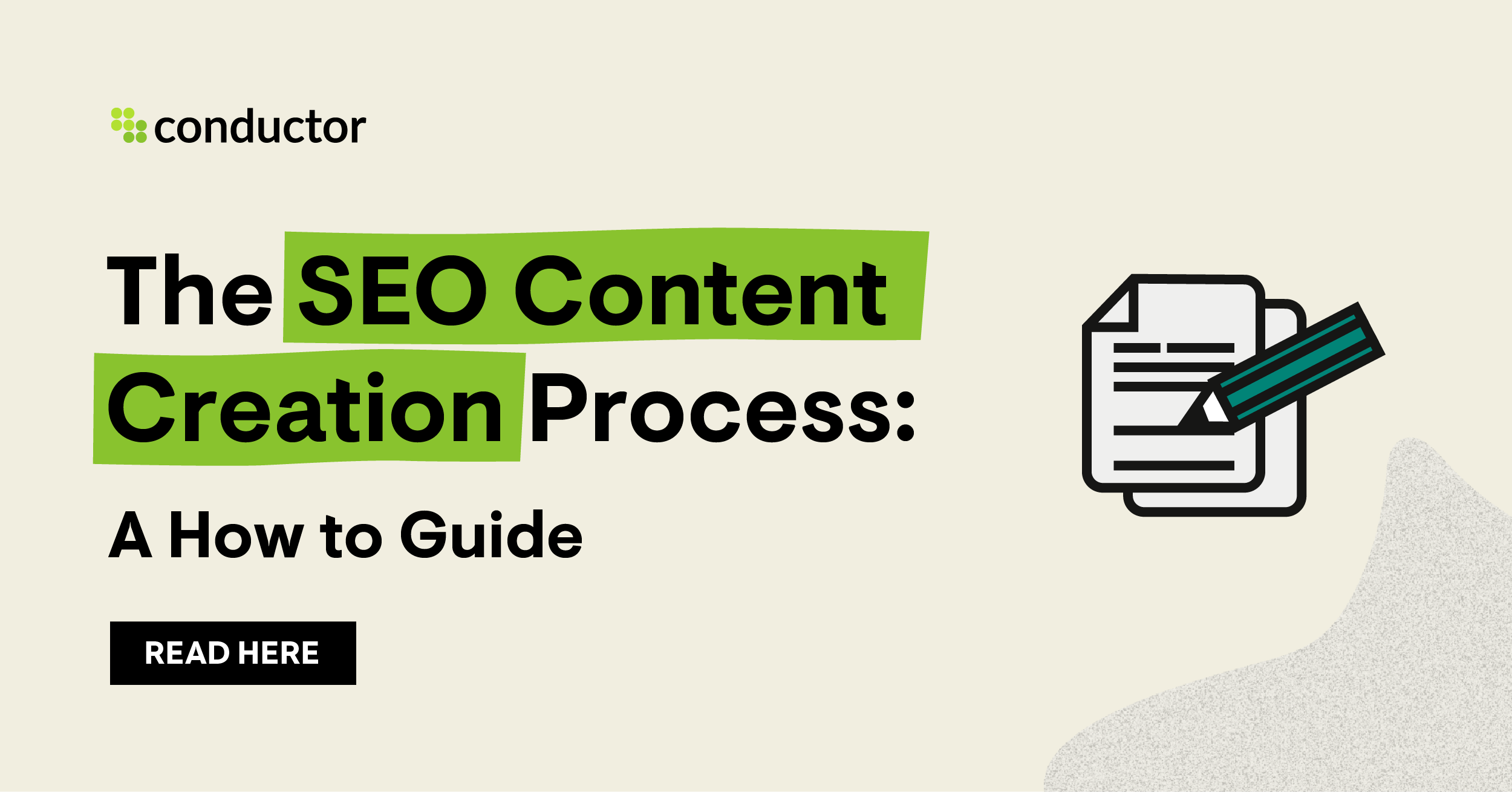In the ever-evolving world of digital marketing, search engine optimization (SEO) remains one of the most powerful tools for driving organic traffic and boosting online visibility. Whether you're a small business owner or a seasoned marketer, understanding and implementing effective SEO techniques is crucial for long-term success. Here are 16 proven strategies to help you build a robust and results-driven SEO strategy.
1. Emulate Top-Performing Pages

Instead of guessing what content will resonate with your audience, analyze the pages that are already performing well for your competitors. Tools like Semrush’s Organic Research allow you to identify high-traffic pages from competitors and study their structure, content type, and visual elements. By replicating successful patterns while adding unique value, you can create content that outperforms the competition.
2. Target Keywords Your Competitors Are Ranking For
Conduct a keyword gap analysis to uncover opportunities where your competitors rank for keywords you don’t. Use tools like Semrush’s Keyword Gap tool to compare your domain with competitors and identify missing keywords. This helps you focus on topics that have high search volume but low competition, increasing your chances of ranking higher in search results.
3. Find (and Steal) Your Competitors’ Broken Backlinks
Broken link building is an effective way to gain backlinks by replacing broken links on other websites with your own content. Use Semrush’s Backlink Analytics tool to find broken pages on competitor sites and reach out to the websites linking to them, suggesting they replace those links with yours. This not only improves your backlink profile but also enhances your site's authority.
4. Leverage Internal Links
Internal links help both users and search engines navigate your website more effectively. Identify pages that are ranking in positions 11–20 and add internal links to them. This boosts their authority and improves your site’s overall structure. Use tools like Semrush’s Organic Research to find pages that could benefit from additional internal linking.
5. Manage Your Backlink Profile
Not all backlinks are created equal. Toxic backlinks can harm your site’s rankings, so it's important to audit your backlink profile regularly. Use Semrush’s Backlink Audit tool to identify harmful links and take corrective action, such as disavowing them if necessary. A clean and authoritative backlink profile is essential for maintaining strong SEO performance.
6. Earn Authority Backlinks with Digital PR
Digital PR involves creating valuable content that earns backlinks from high-authority websites. Strategies include writing press releases, publishing data-driven articles, and becoming a source for journalists. Platforms like Connectively and Qwoted connect experts with writers seeking insights, making it easier to build quality backlinks at scale.
7. Turn Brand Mentions Into Links
Unlinked brand mentions occur when a website references your brand without linking to your site. Use Semrush’s Media Monitoring tool to track these mentions and politely request that the website add a backlink. This is an excellent way to turn brand awareness into SEO value.
8. Show Topical Expertise
Google favors websites that demonstrate deep expertise on specific topics. Create topic clusters—groups of related pages centered around a main subject—to showcase your authority. Start with a pillar page and build supporting content around subtopics. This approach helps Google understand your site’s structure and improves your chances of ranking for related keywords.
9. Optimize for People Also Ask
People Also Ask (PAA) boxes appear in search results and provide quick answers to related questions. Optimize your content to answer these questions directly, using subheaders and concise explanations. Track PAA opportunities using Semrush’s Position Tracking tool to identify keywords that trigger these features.
10. Optimize for Image SEO
Optimize images by using descriptive file names, alt text, and compressing file sizes. Create an image sitemap to help search engines index your visuals and use structured data to enhance visibility in image search results. Regularly audit your site’s image SEO with tools like Semrush’s Site Audit to ensure compliance with best practices.
11. Improve Your Organic CTR Using PPC Testing
Click-through rate (CTR) is a key factor in SEO performance. Test different title tags and meta descriptions using pay-per-click (PPC) ads to determine which variations drive the most clicks. Use this data to refine your organic content and improve your visibility in search results.
12. Optimize for Core Web Vitals
Core Web Vitals are critical metrics that measure user experience on your website. Focus on improving Largest Contentful Paint (LCP), First Input Delay (FID), and Cumulative Layout Shift (CLS). Use Semrush’s Site Audit to monitor your performance and implement fixes to enhance loading speed and interactivity.
13. Leverage Programmatic SEO
Programmatic SEO involves creating automated, keyword-focused pages for high-volume, low-competition terms. Tools like Semrush’s Keyword Magic Tool can help you identify these opportunities. For example, currency conversion pages or location-based guides can attract significant organic traffic with minimal effort.
14. Use AI in Your Content Creation Process
AI tools can streamline your content creation process by generating outlines, drafting articles, and optimizing for SEO. Use platforms like Semrush’s Content Toolkit to create high-quality, search-optimized content faster. This allows you to publish more frequently and maintain a consistent flow of fresh, relevant content.
15. Improve Page Speed
Page speed is a major ranking factor. Use tools like Google’s PageSpeed Insights to identify and fix issues that slow down your site. Reduce the number of requests, enable caching, and optimize images to improve load times. Faster pages lead to better user experiences and higher search rankings.
16. Create Link-Worthy Content
High-quality, valuable content naturally attracts backlinks. Examples include calculators, interactive tools, and in-depth guides. NerdWallet’s cost of living calculator is a great example of how useful content can generate thousands of backlinks. Focus on creating content that solves problems and adds real value to your audience.
Conclusion
Building a successful SEO strategy requires a combination of technical optimization, content creation, and competitive analysis. By implementing these 16 proven techniques, you can improve your website’s visibility, drive more organic traffic, and establish yourself as an authority in your niche. Stay updated with the latest trends and continuously refine your approach to stay ahead in the ever-changing digital landscape.





